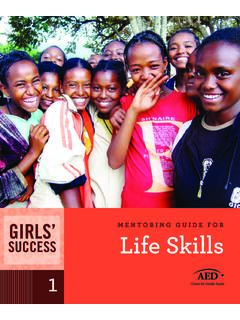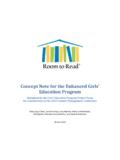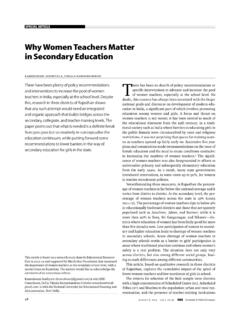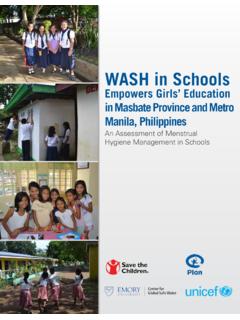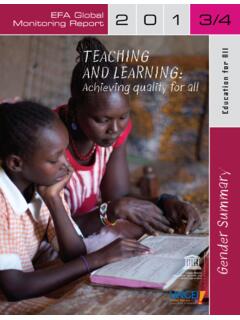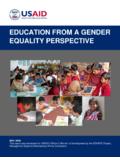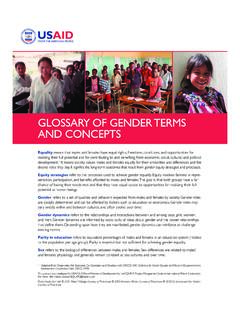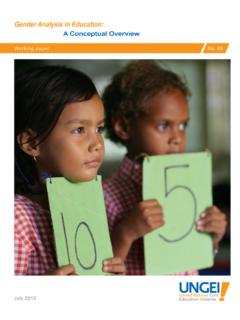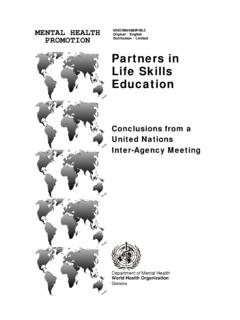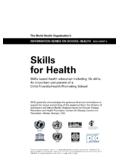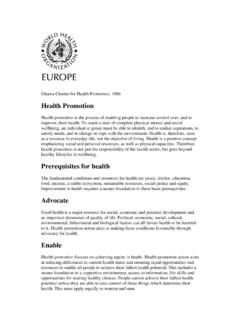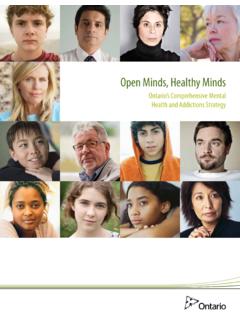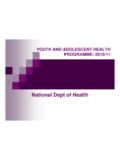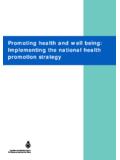Transcription of Girls’ Education Strategy for South Sudan 2015-2017
1 Girls' Education Strategy for South Sudan 2015-2017 . - Foreword The Ministry of Education , Science and Technology (MoEST) and Ministries of Education in all ten states are committed to address the issues of gender equality in the Education system. Girls' Education has been given priority by the government of South Sudan . The General Education Strategic Plan (2012-2017) highlights the importance of gender equality in the Education system. This past year, MoEST has partnered with UNICEF and all key Education stakeholders to develop the Girls'.
2 Education Strategy for South Sudan for the planning period of 2015-2017 . Contributors to the process include various government ministries of South Sudan , Education stakeholders and Non-Governmental Organizations. The first National Gender Conference on Gender in Education in South Sudan has made recommendations to review the existing policies and develop new strategies that may guide a gender mainstreaming process in the Education sector. Major efforts have been made to ensure that key stakeholders such as state governors, ministers, commissioners, payam administrators, community chiefs as well as parents and children, were consulted and will be called upon to sensitize and promote girl child Education at all levels.
3 For South Sudan , Education remains an important factor in national self-development. Vision 2040 , Education Act and The General Education Strategic Plan strategies all call for gender equality in the curriculum. One of the most promising approaches towards creating gender equality has been the development and subsequent implementation of the national girl 's Education Strategy . It is our great pleasure to thank all those who have worked tirelessly to produce this national document. The implementation of the Strategy will address the gender gaps in our Education system.
4 Hon. John Gai Yoh Minister Ministry of Education , Science and Technology Republic of South Sudan I. - Acronyms and Abbreviations AES Alternative Education Systems ALP Accelerated Learning Program BTL Back-to-Learning BRAC Bangladesh Rural Advancement Committee CFS Child Friendly Schools COMOCS Concern for Mothers and Children in Sudan CPA Comprehensive Peace Agreement DfID Department for International Development EFA Education for All EMIS Education Management Information Systems FAWESS Forum for African Women Educationalists South Sudan FHI 360 Family Health International 360.
5 GBV Gender Based Violence GEM Girls' Education Movement GER Gross Enrolment Rate GESP General Education Strategic Plan, (2012-2017). GESS Girls' Education South Sudan GOSS Government of South Sudan GPI Gender Parity Index GPE Global Partnership for Education GtS Go to School IASC Inter-Agency Standing Committee IMED Improved Management of Education Delivery INEE International Network for Education in Emergencies JDT Joint Donor Team MDG Millennium Development Goals MoEST Ministry of Education , Science and Technology MoGCSW/D Ministry of Gender.
6 Child and Social Welfare/Development NBeG Northern Bahr El Ghazal State NBS National Bureau of Statistics NER Net Enrolment Rate PAGE Promotion and Advocacy for Girls' Education PTA Parents Teacher Association PTR Pupil Teacher Ratio RSS Republic of South Sudan RtL Room to Learn SAT Social Advocacy Teams SMOE State Ministry of Education SPLM Sudan People's Liberation Movement SSSAMS South Sudan School Attendance and Monitoring System UN United Nations UNDP United Nations Development Programme UNESCO United Nations Educational, Scientific and Cultural Organization UNGEI United Nations Girls' Education Initiative UNICEF United Nations Children's Fund UNMISS United Nations Mission in South Sudan UNWFP United Nations World Food Programme UNWWA Upper Nile Women Welfare Association USAID United States Agency for International Development II.
7 - Table of Contents Foreword .. I. Acronyms and abbreviations .. II. Table of Contents .. III. Acknowledgement .. IV. Executive Summary .. V. Background and Rationale .. 1. Overall .. 2. Specific Objectives .. 2. Major Barriers to Girls' Education in South Sudan .. 3. Household and Community Level Barriers .. 3. School Based Barriers .. 4. Policy and System Level Barriers .. 8. Key Strategies for Girls' Education .. 8. for Affordable Education .. 9. Social Sensitization and Mobilization of Communities to send Girls to 10.
8 Gender-sensitive curriculum reform, inclusive of child-centred learning, life skills and peace Education .. 12. Professional Development of Teachers, particularly on Gender Equality .. 13. Improvement of child friendly school and Education facilities, applying CFS. principles .. 14. Policy Development and strengthening legal structural framework for inclusive Education .. 16. Capacity strengthening at all levels for Education planning, supervising, service delivery .. 17. Partnerships .. 18. Monitoring and Evaluation.
9 20. Conclusions .. 20. References .. 22. III. - Acknowledgement There are several contributors who led the initiative of the National Girls' Education Strategy (2015- 2017), particularly the leadership in the Ministry of Education , Science and Technology (MoEST), the State Ministries of Education in all ten states, the then Ministry of Higher Education Science and Technology and the management and staff at UNICEF South Sudan . Other key contributors were the United Nations World Food Programme (UN WFP), Department for International Development (DfID), Girls' Education South Sudan (GESS), United States Agency for International Development (USAID), Department of Foreign Affairs, Trade and Development Canada, The Government of Netherlands, Food for the Hungry (FH), United Nations Educational, Scientific and Cultural Organization (UNESCO), and UN-WOMEN.
10 Furthermore, Family Health International 360 (FHI 360), Confident Children out of Conflict (CCC)and Upper Nile Women Welfare Association (UNWWA) are also contributors to the development of the Strategy . The various contributors provided the technical knowledge and experience from the field. As part of the development process, a national committee was comprised to oversee that the issues raised were factored within the National Girls' Education Strategy document and would reflect the diverse cultural and social representation within the context of the Republic of South Sudan .
